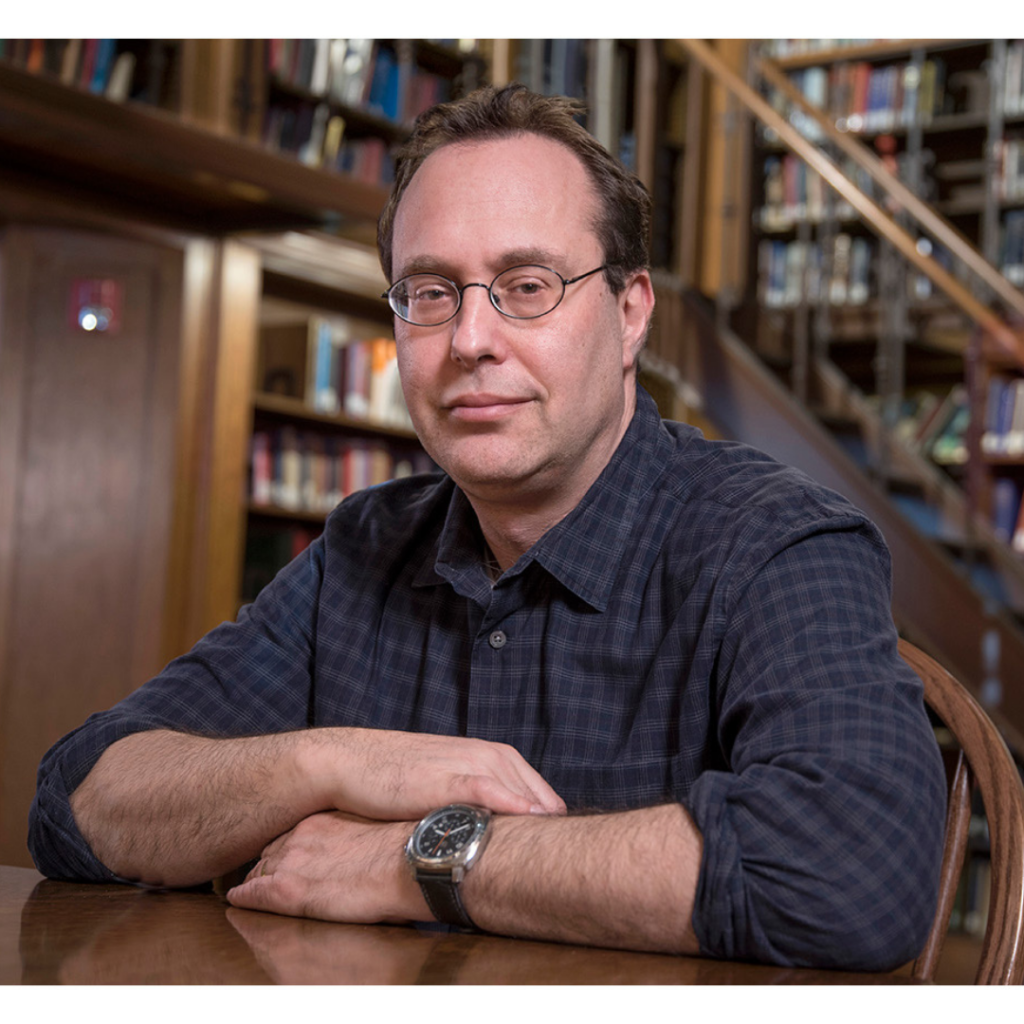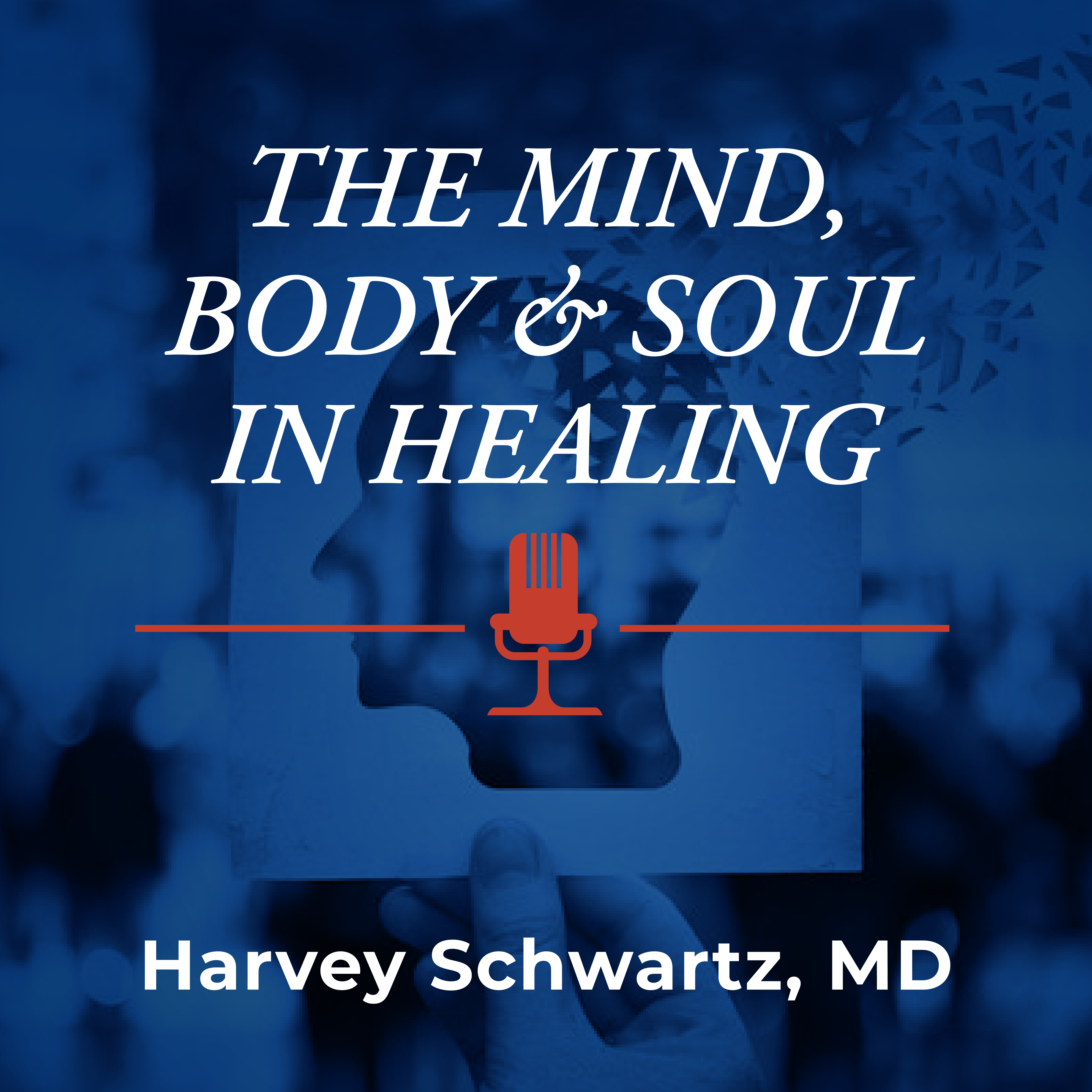
“[Springsteen’s book] is about rock and roll; it’s about the joy of music; and it’s about clinical depression. He weaves these together and Springsteen is not only a great example of how someone can live a creative life while enduring this kind of suffering, but he also shows how invisible depression can be to others. Who would have ever equated that the man who is just briming with life and vitality on stage was the same person who had periods in life where he found it very difficult to get out of bed. He felt nothing but futility and hopelessness in his life amid all of the riches, celebration, and fame that he experiences.”
Episode Description: We discuss the history of sadness and depression – how they are seen as similar and different from each other throughout history and across cultures. Professor Sadowsky is wary of reductionism in understanding the origins of depression and values both biologic and psychoanalytic treatment approaches. We consider the concept of “chemical imbalance.” We discuss famous individuals who have struggled with depression and how they demonstrate that one can live a vital life alongside this terrible condition. We conclude with a few words about the origin of his interest in this subject.
Our Guest: Jonathan Sadowsky, Ph.D. is the Theodore J. Castele Professor of the History of Medicine and Associate Director of the Program in Medicine, Society, and Culture in the Department of Bioethics and Medical Humanities at Case Western Reserve University. He holds secondary appointments in Bioethics and Psychiatry. He holds degrees in History from Wesleyan (BA), Stanford (MA), and The Johns Hopkins University (Ph. D.) and studied psychiatric epidemiology at Columbia. He is the author of Imperial Bedlam: Institutions of Madness and Colonialism in Southwest Nigeria; Electroconvulsive Therapy in America: The Anatomy of a Medical Controversy; and The Empire of Depression: A New History.
Click here to share this episode on Twitter.

